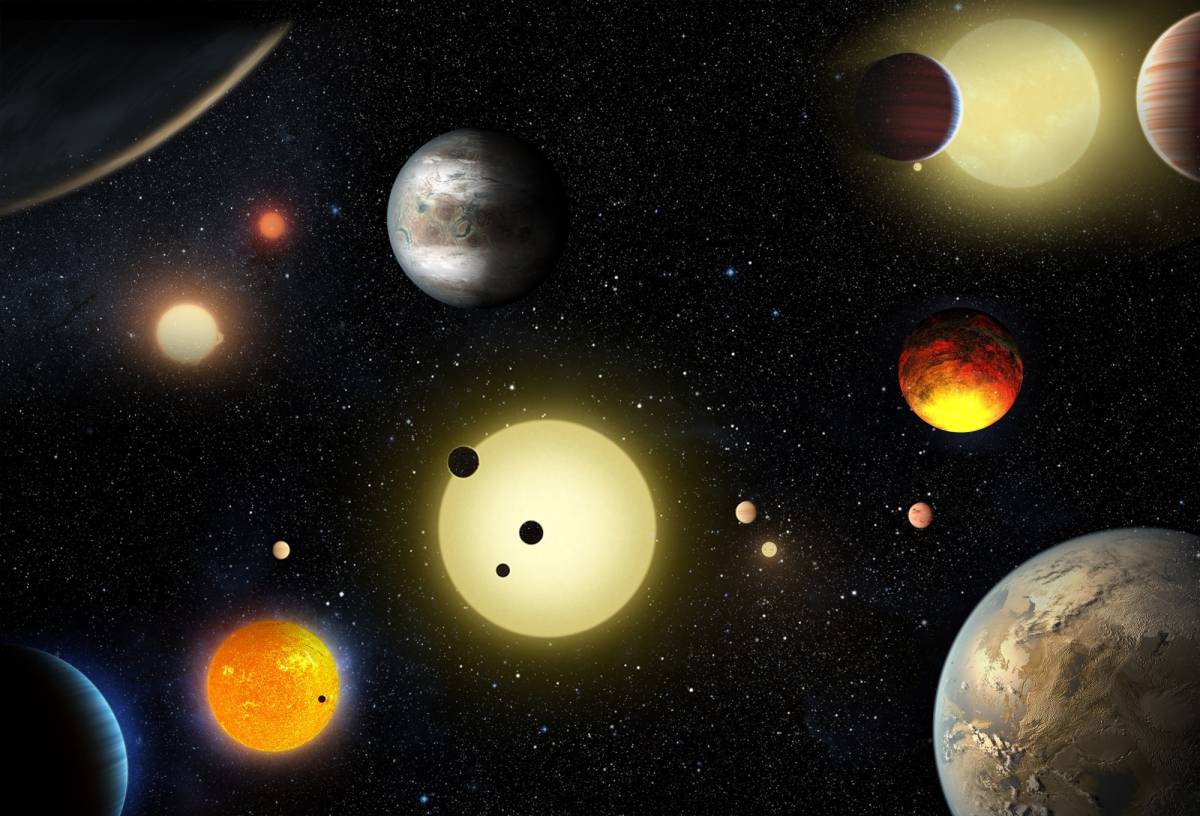Celebrity chef Ranveer Brar shares his inspiring journey towards embracing sustainable food practices and his ideas on avoiding food wastage. He has prepared a unique watermelon rind pickle recipe for Earth Hour, encouraging people to move towards sustainable zero-waste cooking…reports Asian Lite News
An annual event that provides a collective moment of optimism to celebrate our one shared home. And to raise awareness for addressing the dual biodiversity and climate challenges that the planet is facing. Earth Hour 2024 is scheduled to be celebrated worldwide on 23rd March from 8:30 pm to 9:30 pm.
In a unique way to go beyond the campaign’s tagline “Switch Off” ” the Earth Hour India 2024 champions, Sudarsan Pattnaik, Ranveer Brar, Peepal Baba, Radhika Khandelwal and Shivang Mehta, encourage all to spend 60 minutes doing something positive for our planet– for people to reconnect, learn and inspire others to take care of the planet.
Celebrity chef Ranveer Brar shares his inspiring journey towards embracing sustainable food practices and his ideas on avoiding food wastage. He has prepared a unique watermelon rind pickle recipe for Earth Hour, encouraging people to move towards sustainable zero-waste cooking.
Sudarsan Pattnaik, a world-renowned Indian sand artist and Padma Shri Awardee, has been spreading the message of protecting the environment and nature, among many other social causes. As Earth Hour India 2024 Champion, he shares, “It is a great opportunity for all of us to join the global movement this Earth Hour and “Give an Hour for Earth, not only to switch off lights symbolically but also to commit an hour to sustainable actions. I urge you all to join me on 23rd March to spread the message far and beyond, to create the Biggest Hour for Earth.”
Spend a thrilling hour on a virtual safari in Ranthambore, where award-winning photographer Shivang Mehta will demonstrate the art of photographing tigers and other wildlife creatures in action. This online masterclass will tackle various aspects of nature photography, from equipment preparation for a tiger safari to mastering morning and evening light, framing animals in their habitats, and effective post-production techniques. Catch the live class on the WWF-India YouTube channel.
Plant a tree with Peepal Baba to Give an hour to the planet. Community engagement in plantation drives means everyone helps plant trees together, which makes our neighbourhoods greener, and makes us feel connected and responsible for our planet. This Earth Hour, join Peepal Baba on a tree plantation drive in Jaunapur City Forest, Delhi, on 23rd March at 10:00 am.
Chef Radhika Khandelwal strives for zero-waste in the kitchen and finds innovative ways to use every part of the produce. Head to her restaurant, Fig & Maple, in the Greater Kailash 2 market any day of March 2024 for a specially curated Earth Hour meal. Give an hour for Earth at Fig & Maple by indulging in a curated dinner experience showcasing seasonal ingredients and rich biodiversity of indigenous grains sourced from small, local producers.
Karan Bhalla, COO, WWF-India said, “I thank our Earth Hour India 2024 Champions Sudarsan Pattnaik, Ranveer Brar, Shivang Mehta, Peepal Baba and Chef Radhika Khandelwal, for their valuable support to the cause. Through their specific mediums of expertise, their association with Earth Hour will help us inspire a variety of audiences to create the Biggest Hour for Earth.”
The Hour Bank, the new online interactive tool of Earth Hour, invites everyone, everywhere, to find the most enjoyable ways to give an hour for Earth. Whether it is a mindful walk through the woods, cooking a sustainable dish, learning to grow veggies, or engaging in a home scavenger hunt to identify and swap out unsustainable products with eco-friendly alternatives, there are myriad options to choose from. The Hour Bank provides a list of activities and events based on participants’ lifestyle interests and preferences, from food and fitness to art and entertainment.





